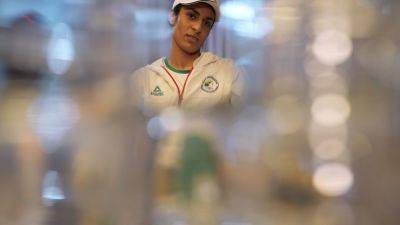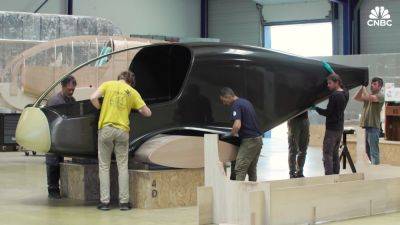Tesla’s humanoid robot brings the future to here and now
Elon Musk’s recent announcement on Twitter that “Tesla will have genuinely useful humanoid robots in low production for Tesla internal use next year” suggests that robots that have physical human-like characteristics and provide “genuinely useful” function might be with us soon.
However, despite decades of trying, useful humanoid robots have remained a fiction that never seems to quite catch up with reality. Are we finally on the crux of a breakthrough? It’s relevant to question whether we really need humanoid robots at all.
Tesla’s Optimus robot is just one of several emerging humanoid robots, joining the likes of Boston Dynamics Atlas, Figure AI’s Figure 01, Sanctuary AI’s Phoenix and many others. They usually take the form of a bipedal platform that is variously capable of walking and sometimes, jumping, along with other athletic feats. On top of this platform a pair of robot arms and hands may be mounted that are capable of manipulating objects with varying degrees of dexterity and tactility.
Behind the eyes lies artificial intelligence tailored to planning navigation, recognising objects and carrying out tasks with these objects. The most commonly envisaged uses for such robots are in factories, carrying out repetitious, dirty, dull and dangerous tasks, and working alongside humans, collaboratively, carrying a ladder together for example.
They are also proposed for work in service industry roles, perhaps replacing the current generation of more utilitarian “meet and greet” and “tour guide” service robots. They could possibly be used in social care, where there have been attempts to lift and move humans, like the Riken Robear (admittedly this was more bear than humanoid), and to deliver personal care and therapy.
The





